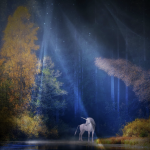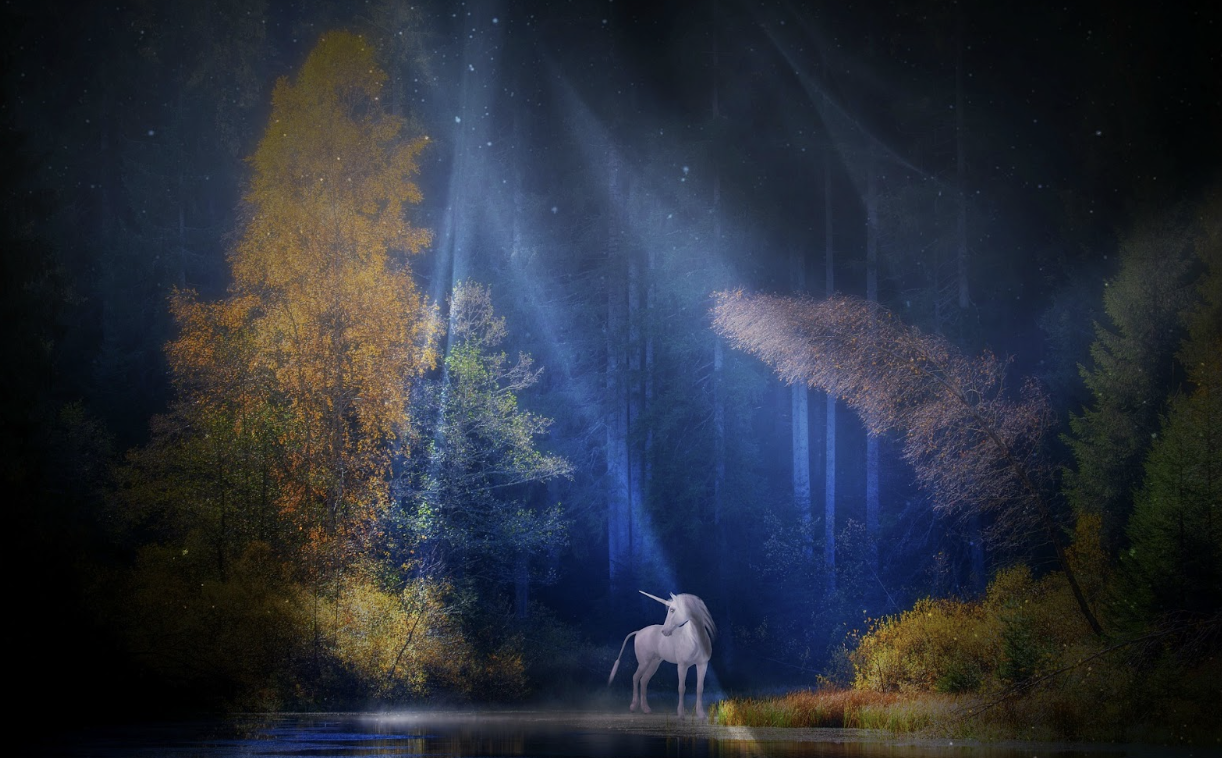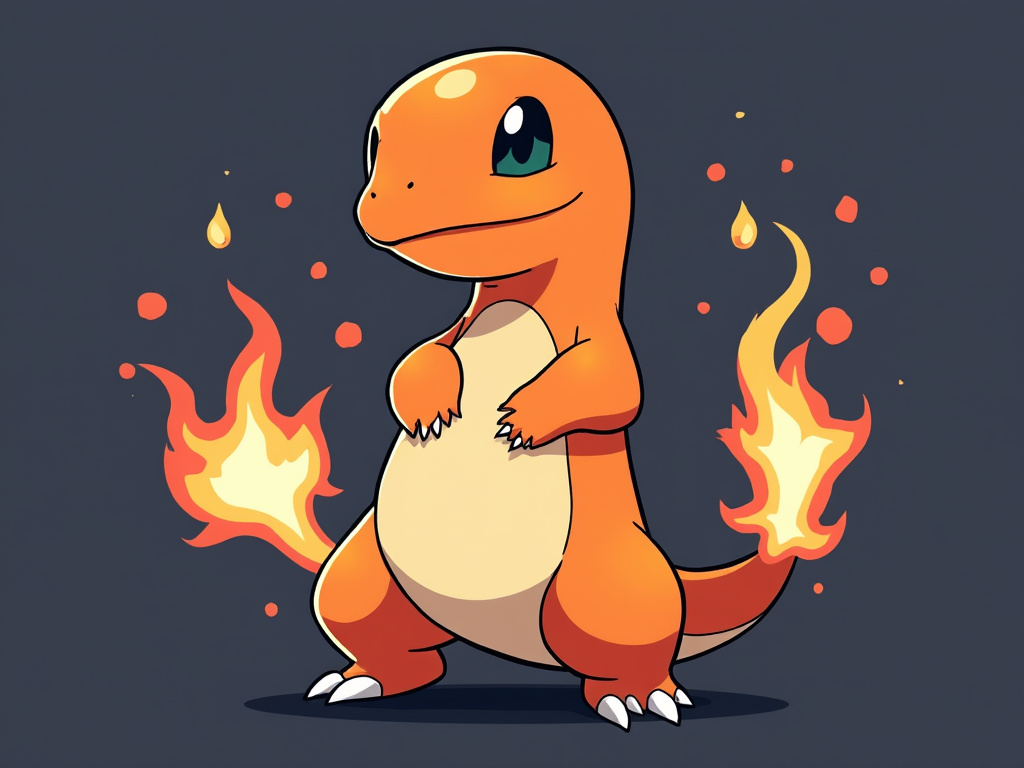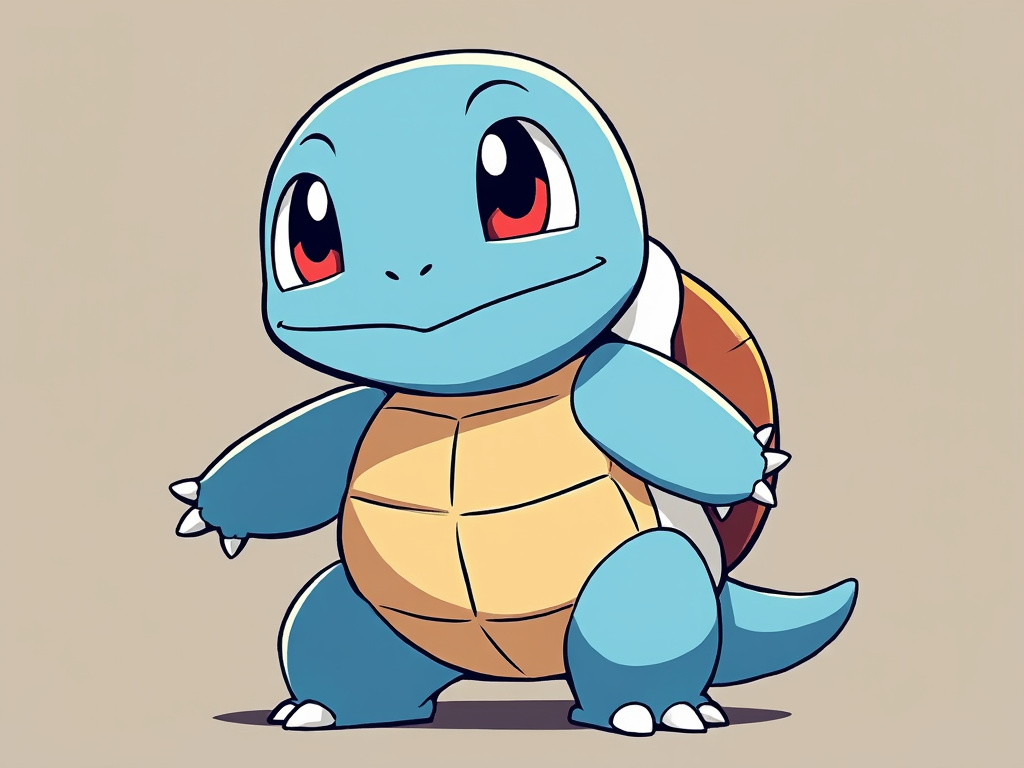12 Creative Ways To Teach Kids About Mythological Creatures7 min read
Kids are naturally curious about fantastical animals. A mythological creature is a made-up beast with no basis in actual history or science but appears in various myths and stories.
Sometimes connected with long-forgotten cultures, these beasts are rumored to possess remarkable or otherworldly powers.
Centaurs, mermaids, griffins, dragons, unicorns, and countless others are mythical creatures that can take on various shapes and sizes.
Mythical creatures are a fun and interactive way to educate youngsters about other cultures, mythologies, and historical periods. Let’s look at twelve creative ways to teach kids about mythological creatures.
Contents
1. Art Projects
Making art is a fun and hands-on method to learn about the fantastical beasts described in mythology. Your child can learn to draw a dragon while you tell them more about this particular mythological creature.
If your child loves drawing and coloring, you can introduce them to a new creature and teach them how to draw them. You can also find a color book that focuses on mythological creatures.
Give the youngsters a variety of art supplies, and then challenge them to come up with their own creature that is inspired by the ones they have studied. Urge them to utilize their creativity and give their creature its own distinctive traits.
2. Storytelling
Storytelling is one of the simplest and most efficient methods for introducing children to the fantastical beings who populate mythology.
Discuss with them many myths and stories from different cultures worldwide that involve these animals and how they came to exist.
Inspire your children to make use of their imaginations and examine everything they see. After that, have them illustrate or write about the mythical creature they consider their favorite.
3. Prompts For Writing
Getting your children excited about discovering information about mythological animals through writing is another approach to do it.
Give them a literary work that asks them to develop a story on a particular beast and see what they come up with!
Urge your children to use descriptive language and include specific facts about the creature’s behavior as well as its appearance.
4. Roleplaying
Youngsters delight in using their ideas, and acting is a great activity to foster this development. You could have the children choose a creature from mythology and then have them act out a scenario relating to it. This may improve their ability to think creatively and perform more naturally due to participating in this activity.
5. Science Projects
While teaching youngsters about mythological animals, a fantastic opportunity to educate them on fundamental scientific concepts can also be found in the subject matter.
For instance, if you’re teaching them about dragons, you might discuss how a chemical process might explain their capacity to breathe fire.
Instruct the children to develop a theory regarding how the creature’s ability functions, and then have them conduct tests to prove or disprove their hypotheses. This, of course, only applies to older children.
6. Using Puppets
Another entertaining and engaging activity for children to participate in while learning about legendary beasts is seeing puppet shows. Include the youngsters in the process of creating their own puppets based on the animals they have discovered. After that, you should urge them to perform for their classmates or family members.
7. Scavenger Hunts
Organize a treasure hunt in which participants look for clues about various fantastical beings. This exercise, which can be done indoors or outdoors, is a fun and interesting method for youngsters to learn more about the species and can help them learn more about them.
8. Field Trips
Think about taking the kids on a field trip to the nearby zoo or aquarium, especially if it has animals that look like they came straight out of a fairy tale. For instance, taking them to a reptile display where they can see species similar to dragons or taking them to an aquarium where they can learn about mermaids and other marine creatures are great ways to educate children.
9. Virtual Tours
You can take your children on virtual tours of museums or sites thanks to the power of modern technology. These trips can incorporate displays of mythological animals. Because of this, it will be easier for your children to comprehend the cultural significance of these species and how they have been portrayed in artistic creations and literature throughout centuries.
10. Cooking Activities
You can bring legendary beasts into your culinary endeavors. You could, for instance, bake pastries or cupcakes in the shape of dragons, or you might make a “mermaid” drink by adding blue food coloring and gummy fish to a regular lemonade.
11. Card Game
Making a card-matching game for kids to play is an enjoyable approach to teaching them about the specific qualities of many legendary creatures while simultaneously fostering their interest in the subject matter.
To begin, assemble a deck of playing cards including a wide range of fantastical beasts, either in the form of their names or images. After that, compile a set of matching cards that contain information such as the following:
- The creatures’ outward appearances and defining traits
- The animals’ unique abilities.
- The gods or goddesses with which the creatures are affiliated
- The stories in which the creatures take part
After then, the children will match the cards from the two piles. You could even have the kids play a ” memory ” game with the cards if you wanted them to.
12. Mini Posters
Provide a sheet of printing paper and some paints to your children. Give students a selection of mythical creatures to choose from; have them do some quick research on it online or in a book; then have them design a mini-poster depicting and describing the creature.
Encourage them to take their time with the drawing. Note the most important details to present on the board (e.g., which myths it appears in, special powers it has, personality, etc.).
When everyone is done with their posters, they should be hung around the classroom, and the class should have a gallery tour to look at everyone’s work.
Advantages of Teaching Your Children About Mythological Creatures
Knowing mythological characters can provide one with several benefits, including the following:
- Recognising cultural allusions, numerous parts of our contemporary culture have been inspired by myths and stories that date back to earlier periods. If you are familiar with legendary figures, you will easily understand references found in literature, art, music, and popular culture.
- Myths frequently investigate universal topics and experiences that humans share, such as love, envy, vengeance, and heroism. These examinations provide insights into human behavior. It is possible to improve one’s understanding of human nature and psychology by familiarising oneself with the behaviors and adventures of legendary characters.
- An appreciation for the art of storytelling: Throughout history, myths, and tales have been told from one generation to the next to explain the world around us and communicate important messages. Your understanding of these tales can help you develop an appreciation for the art of storytelling as well as the transformative potential of narrative.
- The characters of mythology and the tales associated with them have served as the impetus for the creation of many works of art, music, and literature over the course of history. The more you discover about these people, the more likely you will be motivated to write or draw your own stories or produce your own art.
- Personal development: A great number of legends teach us valuable lessons or convey important truths that are relevant to our own lives. We can improve our understanding of ourselves and our place in the world by delving into the legends surrounding mythological figures and hearing about their experiences.
Conclusion
Educating young people about the history, mythology, and culture of a range of different nations can be an entertaining and exciting way to introduce them to that history and that mythology.
Even though they are not grounded in reality, mythological creatures remain a popular topic in literature, art, and pop culture.
By using imaginative activities and methods to educate young people about these fascinating species, you can assist them in gaining a deeper understanding of this topic
During the process, you will be assisting children in developing skills related to creative thinking and problem-solving abilities.





